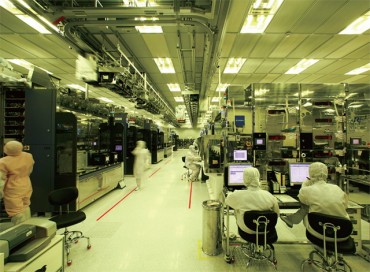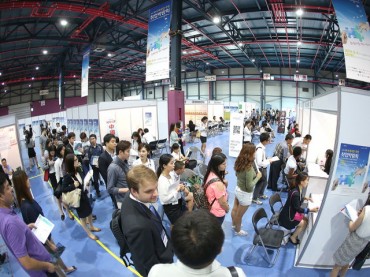
According to the analysis, there was no statistically significant link between the concentration of immigrants in schools and the atmosphere felt by non-immigrant students. (image: Korea Bizwire)
SEOUL, May 24 (Korea Bizwire) — The argument that school environments in areas where immigrants are concentrated are worse than in other areas has been met with a strong disagreement on the grounds that there is little evidence to support such a hypothesis.
Yang Kyung-eun, an assistant professor of social welfare at Sungkonghoe University, made the claim at the “2019 International Conference on the Study of the Korean Association of Multicultural Education” held at Seoul National University on Thursday with a thesis titled, “Is the Learning Environment Really That Bad with Immigrant Students?”
Yang surveyed 1,426 students from 45 elementary and middle schools in Seoul and Gyeonggi Province to see if the negative effects of the areas where migrants are concentrated can be seen in real education sites.
However, according to the analysis, there was no statistically significant link between the concentration of immigrants in schools and the atmosphere felt by non-immigrant students.
The concern over the educational environment in immigrant neighborhoods is likely to be prejudice-based speculation or a hasty generalization of some cases.
The negative atmosphere of some schools was clearly related to the level of academic performance of the school, not to the degree of concentration of migrants.
Yang also cited the case of multicultural policy schools, and stressed that if proper policy intervention is made, schools in immigrant neighborhoods with poor academic atmosphere could change.
It should also be noted that schools designated and operated as multicultural policy schools have a better academic atmosphere than schools that do not.
Multicultural policy schools are mainly located in areas where immigrants are concentrated, but the level of negative atmosphere in these schools was clearly lower than that of other schools.
Lina Jang (linajang@koreabizwire.com)






